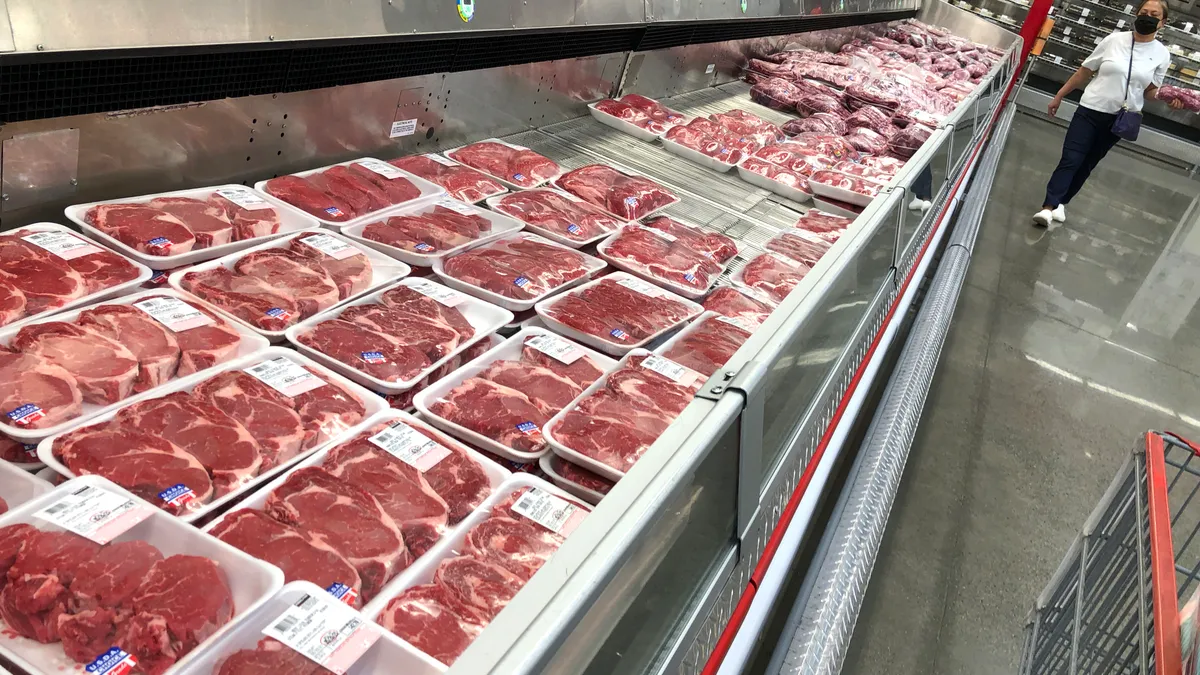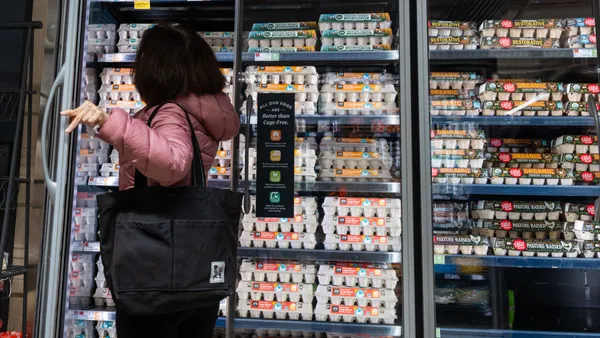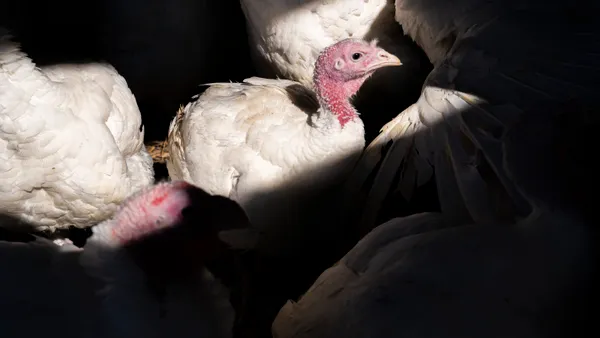U.S. beef production is declining this year, but not as fast as analysts once predicted as heavier cattle make their way through the value chain, according to a new report from CoBank.
Over the past three months, feeder cattle have stayed in feedlots longer and put on more weight, resulting in heavier carcasses and slower production. This has helped offset the ongoing decline in herds nationwide and temporarily transitioned profits away from beef to cattle.
As feed costs soften and weather improves, Brian Earnest, CoBank’s lead animal protein analyst, said in the report that producers are beginning to see profits roll in after months of high costs and lackluster prices.
Extra time in the feedlots has raised cattle prices, discouraging meatpackers from increasing slaughter rates. Packers were losing $79 per head at the end of June, while feeder operators profited $499 per head, data show.
“As beef markets have softened, cattle prices have increased and thereby are reducing packer incentives and shortening kill schedules,” he said in CoBank’s quarterly report.
Dressed cattle — partially butchered cow carcasses — averaged 850 pounds per head from April to June, about 3% higher than the same period last year, according to CoBank. They are also 10 pounds heavier compared to weights in the first quarter.
Cattle slaughter is down 4.4% year-to-date compared to 2023, according to CoBank. This reduction has led prices of beef 50s and beef 90s trim — used to make different fat-to-lean ratios of ground beef — to diverge.
If weights stay up and kill numbers remain down, Earnest said he expects the price spread to continue widening this year, translating to more expensive burgers.
Looking ahead, the U.S. Department of Agriculture last month raised its 2025 beef production forecast, citing heavier carcass weights that should carry over in the early months of the year.











